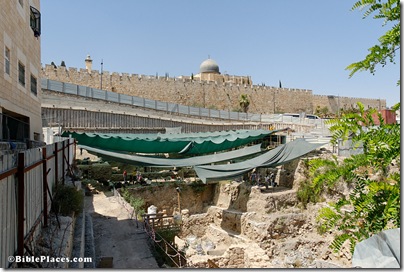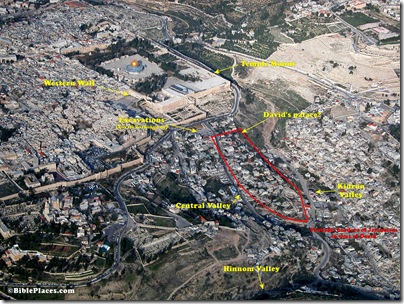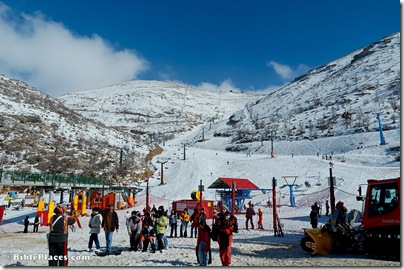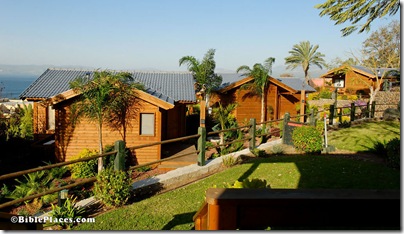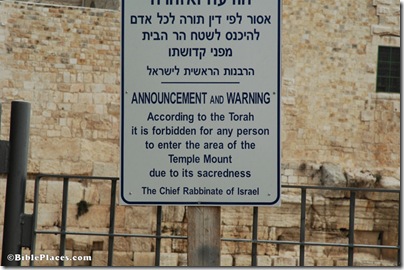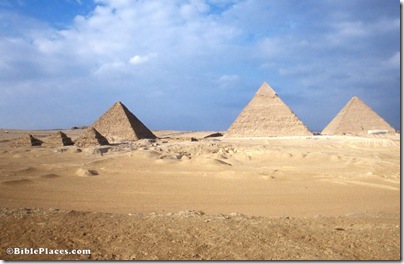A new book is out this week that I want to recommend highly. Walking in the Footsteps of Jesus: A Journey Through the Lands and Lessons of Christ combines passion with humor in a unique “tour” through Jesus’ life. Author Wayne Stiles has not written a “life of Christ” book, nor has he produced a work recounting the geographical background of Jesus’ ministry. What he has done, through his deep knowledge of Jesus’ life and land, is to take the reader on a delightful and challenging journey to the physical and spiritual places where Jesus lived and taught.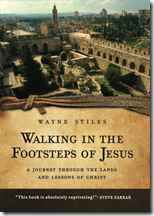
Stiles’ skill as a writer and “tour guide” makes the book engaging and rich with insights. As a pastor for many years, Stiles is gifted in making lofty ideas of Scripture readily understandable to the average person, and he does so with many fun anecdotes and helpful analogies from his travels in Israel.
From Bethlehem, to Galilee and Jerusalem, and ending in Patmos, the book largely travels “in the footsteps of Jesus.” Here is a snip related to the wilderness:
I have walked in the wilderness where Satan tempted Christ, just west of where He was baptized. Good grief, what a place. This is the wilderness of Judea where God shaped the character of the future King David in “the valley of the shadow of death” (Ps. 23:4). Here David prayed, “my flesh yearns for You, in a dry and weary land where there is no water” (Ps. 63:1). David wasn’t kidding. Endless piles of rocks, steep hills, no trees, modest vegetation, little water, slight shade, and lizards. As far as my eye could see, it was empty, dry, and depressing. I tried to imagine the silence, solitude, and struggle Jesus would have endured here for over a month. But I could not.
We can barely stand to fast for a day or two. Can you imagine fasting forty days? Jesus did so in preparation for temptation—and became desperately hungry and needy. And in His moment of need, the devil slipped in. He waits for moments like these.
“If You are the Son of God, tell this stone to become bread” (Luke 4:3).
The devil is no idiot—and also no gentleman. When he tempts, he plays dirty. No rules. No concessions. No mercy. He waited for a moment of vulnerability and then tempted Jesus to satisfy His legitimate need for food in an illegitimate way: “Turn this stone to bread—use your power to gratify your need.” What a cheap shot. Every stone would then become a temptation. And believe me, the Wilderness of Judea has plenty of stones! Jesus’ reply—although He was physically hungry—showed that He was spiritually full.
“It is written, ‘Man shall not live on bread alone.’”
If you haven’t yet been on a trip to the Holy Land, you’ll enjoy visiting it virtually through this book.
If you have been, you’ll see it in ways that you haven’t before, even if you’ve visited countless times.
This journey combines so many of my favorite things in one book: the places of the land of the Bible, the life of Christ, fascinating stories, excellent writing, and God-exalting, people-challenging truth.
Pick this up for your next plane ride to Israel (or anywhere) and enjoy!
